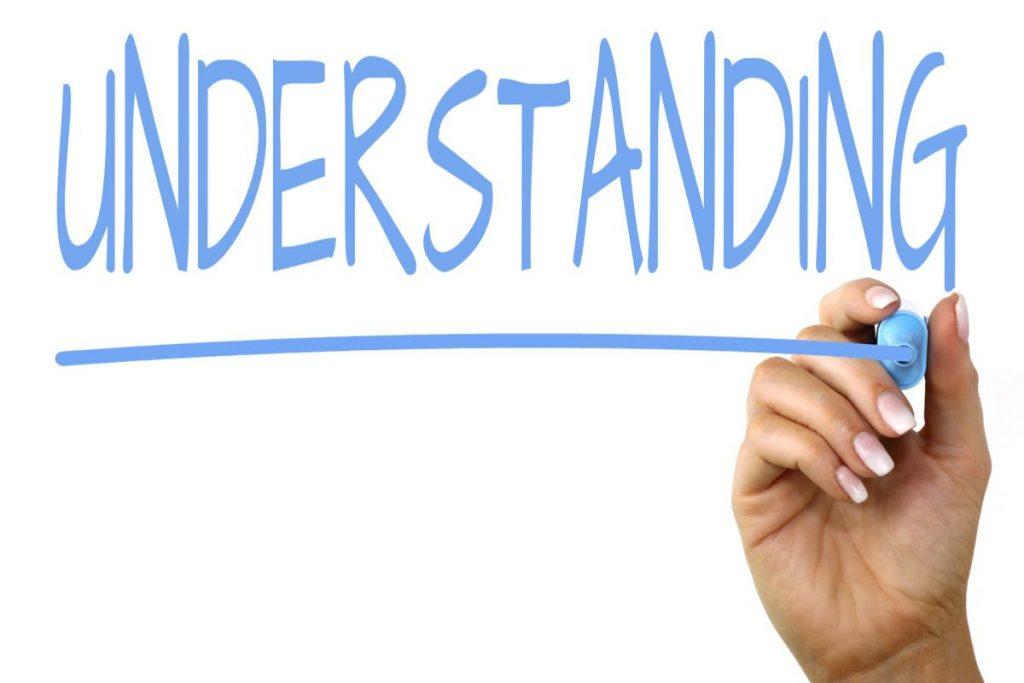in the bustling landscape of digital dialog, where every click counts and attention spans are fleeting, there exists a powerful tool that can bridge the gap between mere engagement and meaningful interaction: the Call to Action (CTA). Often underestimated, this simple yet potent phrase or button serves as a guiding beacon, steering readers toward the next step, whether it’s subscribing to a newsletter, downloading a resource, or making a purchase. The art of crafting an effective CTA lies not only in its wording but in its ability to evoke curiosity, urgency, and intention in the heart of the audience.This article dives into the nuances of CTAs, exploring their significance, best practices, and the subtle psychology that makes them an essential component of triumphant communication strategies. Join us as we unravel the intricacies of this crucial element,illuminating how it can transform passive viewers into active participants in your brand’s narrative.
Understanding the Power of a Compelling Call to Action
A well-crafted call to action (CTA) serves as a pivotal element in any marketing strategy.It directs potential customers towards a specific goal—whether it’s signing up for a newsletter, making a purchase, or downloading a resource.A compelling CTA not only captures attention but also ignites a sense of urgency or curiosity that encourages immediate action. By utilizing powerful, action-oriented language paired with strategic placement, you can significantly enhance user engagement and conversions. Consider these tips to make your CTA resonate:
- Use action verbs: Start with strong commands such as “Download,” “Register,” or “Get Started.”
- Make it personal: Tailor the message to meet the audience’s needs or interests.
- Design matters: Ensure the CTA stands out visually with contrasting colors and ample white space.
- Test and refine: A/B testing different versions can definitely help pinpoint what resonates best with your audience.
Incorporating a sense of urgency can also play a crucial role in compelling visitors to act quickly. By using phrases like “Limited Time Offer” or “Join Now Before It’s Too Late,” you instill a fear of missing out (FOMO) that can trigger immediate responses. An effective CTA should not only prompt action but also convey the value proposition succinctly. Below is a simple comparison that illustrates the benefits of different CTA approaches:
| CTA Approach | benefits |
|---|---|
| Soft CTA | Builds engagement without pressure; ideal for awareness. |
| Strong CTA | Encourages immediate action; drives conversions effectively. |
| Urgent CTA | Creates FOMO; pushes users to act quickly. |

Crafting Clear and Engaging CTAs for Maximum Impact
Creating compelling CTAs is an essential art that needs to be mastered for effective engagement. Begin by ensuring that your CTAs are clear and direct.Use action-oriented language that resonates with your audience and prompts them to take immediate action. Consider using phrases such as:
- Start Your Free Trial
- Discover More
- join Our Community
Along with clarity, make your CTAs visually appealing to capture attention. Use contrasting colors and bold fonts to stand out on the page. Consistency in design will also help maintain a cohesive look throughout your materials. Hear’s a simple table to illustrate effective CTA placement strategies:
| CTA Placement | Purpose |
|---|---|
| Above the Fold | Immediate engagement |
| Within Content | Contextual relevance |
| End of Content | encourages conversion after reading |

Analyzing CTA Placement: Best Practices for Visibility
Effective placement of a Call to Action (CTA) is paramount for maximizing user engagement and conversion rates. To achieve optimal visibility, consider the following strategies:
- Above the Fold: Positioning your CTA in the upper portion of the webpage ensures immediate visibility without the need for scrolling.
- Contrasting Colors: Utilize colors that stand out from the rest of your content, drawing the user’s eye to the CTA.
- Whitespace: Surround your CTA with ample whitespace to create a visual pause, making it more prominent.
- Action-Oriented Text: Use compelling and concise language that encourages users to take action quickly.
Moreover, conducting A/B testing on different placements can yield beneficial insights into user behavior. here’s a quick overview of common placement options and their potential effectiveness:
| Placement Type | Visibility Score | User Engagement level |
|---|---|---|
| Header | High | Very High |
| Mid-content | Medium | High |
| Sidebar | Low | Medium |
| Footer | Medium | Low |

A/B Testing Your CTAs for Enhanced Performance Insights
Embracing A/B testing for your call-to-action buttons can dramatically uplift your engagement rates and conversion performance. By experimenting with different elements of your CTAs, such as color, size, and phrasing, you can uncover which variations resonate most effectively with your audience. Consider these factors to assess the impact:
- Color Schemes: Test contrasting colors to determine which grabs more attention.
- Button Size: Experiment with both large and small buttons to see what drives clicks.
- action-Oriented Language: Use active verbs or create a sense of urgency in the text.
Tracking the performance of different CTAs can reveal insightful trends. Utilize a simple table to compare the results of each variant:
| CTA Variant | Click-Through Rate (%) | Conversion Rate (%) |
|---|---|---|
| Shop Now | 12.5 | 7.2 |
| Grab Your Deal! | 15.8 | 8.9 |
| Learn More | 10.1 | 5.5 |
Closing remarks
the Call to Action (CTA) stands as a pivotal element in the realm of communication and marketing. As we’ve traversed through its various forms and functions,it becomes clear that a well-crafted CTA is not just an invitation; it’s a bridge connecting intention with action. Whether you’re encouraging a potential customer to make a purchase, guiding a reader to subscribe, or motivating a visitor to engage with your content, the effectiveness of your CTA can significantly influence outcomes. By understanding your audience, testing different approaches, and refining your strategies, you can transform simple prompts into powerful motivators. So, as you embark on your next project, remember to harness the potential of CTAs not just as endings, but as meaningful gateways to greater engagement and connection. Your words have the power to inspire action—use them wisely.

